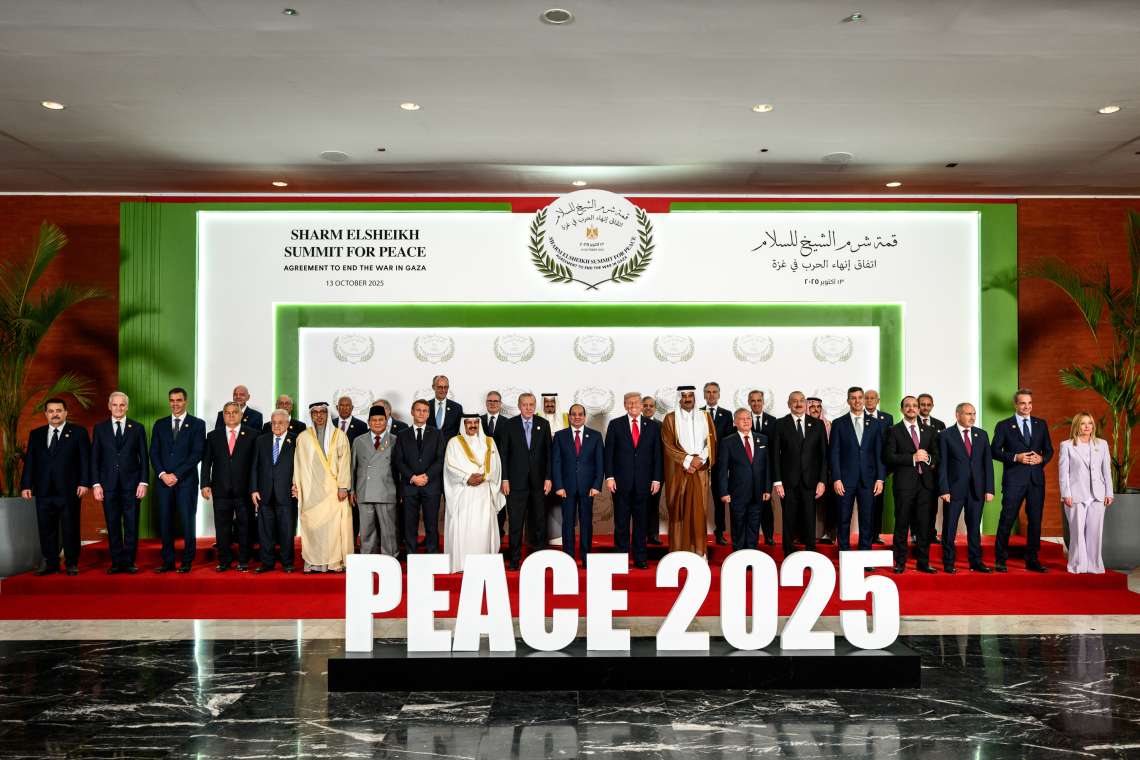The central bank’s precarious situation, characterised by a record-high interest rate of 22%, demands careful consideration. With interest payments constituting over 90% of government spending, the challenges are manifold .. writes Dr Sakariya Kareem
Pakistan stands at a critical juncture, facing a profound economic crisis marked by escalating debt levels and the pervasive spectre of corruption. This comprehensive analysis delves into the intricate web of challenges that jeopardise the nation’s financial stability, shedding light on the mounting debt burden and the corrosive impact of widespread corruption.
The economic landscape of Pakistan is shrouded in crisis, with the projected debt load reaching an alarming 86.2% of GDP by June 2023. This trajectory poses a severe threat to the country’s economic stability, manifesting in the energy sector’s circular debt that has surged to Rs5.73 trillion. This staggering figure not only points to the shortcomings in policymaking and management but also serves as a stark reminder of the hurdles impeding significant economic progress. Concurrently, efforts to stabilise the currency in the face of ongoing forex shortages are hampered by the continuous devaluation of the rupee.
Beyond the sheer magnitude of the debt crisis, the per capita debt in Pakistan underscores a systemic issue. The country’s persistent reliance on loans from the International Monetary Fund (IMF) since 1958 has led to a per capita debt crisis that jeopardises economic stability. This perpetual reliance on external financial support restrains credit availability for industries, thereby hindering development, investment, and job creation. The strain on financial resources from loan interest payments further exacerbates the challenges faced by vital sectors like healthcare and education. To navigate this perilous cycle, sweeping reforms are imperative, with a focus on enhancing revenue collection mechanisms and promoting sustainable economic practices.

In the energy sector, the cyclical debt reaching Rs 5.73 trillion is indicative of the inadequacies in debt management strategies. The perpetuation of inadequate policies and a reliance on loans, particularly from the IMF, contribute to an escalating per capita debt and impede the nation’s economic progress. Allegations of corruption and mismanagement within public sector enterprises, especially in the power sector, add fuel to the fire, exacerbating financial difficulties and obstructing foreign investments crucial for economic growth.
The central bank’s precarious situation, characterised by a record-high interest rate of 22%, demands careful consideration. With interest payments constituting over 90% of government spending, the challenges are manifold. While anticipated interest rate reductions could stimulate investment, they also pose the risk of escalating inflation. The stringent constraints imposed by IMF regulations on lowering the government’s debt-to-income ratio further prolong spending restrictions on vital sectors such as health and education, exacerbating the economic conundrum.
The global COVID-19 epidemic has amplified the preexisting debt crisis, necessitating international intervention. Despite historical foundations such as the Bretton Woods institutions, challenges persist in executing international programs and obtaining bilateral funding. China’s role as a significant creditor assumes paramount importance, and the G20’s Common Framework faces obstacles due to China’s insistence on IMF and World Bank losses.
The China-Pakistan Economic Corridor (CPEC), once considered revolutionary, now confronts the looming threat of debt default of close to 69 billion USD, marking a shift from its initial promise of transformative economic benefits for Pakistan. Challenges such as diminishing foreign exchange reserves and a notable inflation rate underscore unfulfilled expectations. China’s reluctance to provide relief raises questions about the project’s viability, exacerbated by fundamental flaws in prioritising infrastructure development over human capital investment.
China’s recent decision to lend $700 million to Pakistan adds complexity to the growing debt crisis, reflecting China’s concerns about Pakistan’s escalating debt burden. This financial injection aims to supplement the existing $30 billion owed to China and unlock crucial bailout funds from the International Monetary Fund (IMF). However, the IMF’s conditions, which include tax hikes and securing additional external funding, reveal the intricate interplay between international financial institutions and the economic dependencies of countries like Pakistan.
The intricacies of this situation highlight the delicate balance between meeting short-term financial obligations and implementing long-term reforms to ensure economic sustainability. The implications of China’s loans, coupled with conditions imposed by global financial bodies, underscore the multifaceted challenges Pakistan faces in navigating its economic landscape. The evolving dynamics of CPEC and its financial intricacies necessitate a nuanced approach to address not only immediate debt concerns but also to forge a path towards a more sustainable economic future for Pakistan.
Furthermore, Saudi Arabia’s recent decision to refuse financial aid and interest-free loans has left Pakistan in shock, prompting complaints from the finance minister about the lack of support, even from traditionally friendly nations. Pakistan faces a severe economic crisis with dwindling foreign exchange reserves, high inflation, and urgent repayment obligations of nearly $80 billion over the next three and a half years. Negotiations with the IMF for a bailout package have reached a critical stage, and the country’s credit rating has been downgraded to junk, making it challenging to secure international loans. Saudi Arabia is reportedly conditioning future loans on Pakistan, implementing stringent reforms, mirroring IMF requirements. This marks a shift in Saudi Arabia’s approach towards financial assistance and aligns with their emphasis on accountability and reforms at the World Economic Forum.
The Pakistani government’s delay in implementing essential policies and a trust deficit with the IMF contributes to the economic challenges. High inflation, currency devaluation, and import restrictions have added to Pakistan’s woes. The Saudi reluctance to provide emergency funding signifies a move towards an investment model contingent on Pakistan’s commitment to comprehensive economic reforms. The delay in implementing IMF reforms is attributed to deep-set corruption, eroding trust in Pakistani leadership both domestically and abroad. Pakistan’s unfavourable ranking on corruption indices poses a challenge to attracting foreign investment. Saudi interest in investing in Pakistan’s energy and IT sectors hinges on the country’s willingness to undertake economic reforms. This marks a turning point, signalling the end of an era of easy financial assistance for Pakistan.
As Pakistan navigates this precarious economic trajectory, a profound political and economic crisis unfolds. Drawing parallels with recent challenges faced by other nations, internal disputes, regional instability, and global uncertainties threaten the very survival of the country. The emphasis placed by Pakistan’s Army Chief on the military’s significant influence in both politics and the economy underscores the gravity of the situation. Immediate assistance from the IMF is called for in response to the economic upheaval, highlighting the urgency of both domestic reforms and external support to stabilise the country’s economy.
In conclusion, Pakistan’s economic stability is hanging in the balance, imperilled by the mounting debt and corruption that permeates its economic fabric. The country grapples with a myriad of challenges, from spiralling debt and inflationary pressures to widespread corruption and mounting debt loads. Navigating this complex terrain necessitates comprehensive and urgent reforms, addressing underlying issues and clearing the path for a more robust and transparent economic future. Pakistan must re-evaluate its approach to managing foreign dependence, implement sustainable financial practices, and strike a delicate balance between economic opportunities to emerge from the current economic crisis. The nation stands at a crucial juncture in its history, demanding swift action to ensure economic prosperity and pave the way for sustainable growth.








